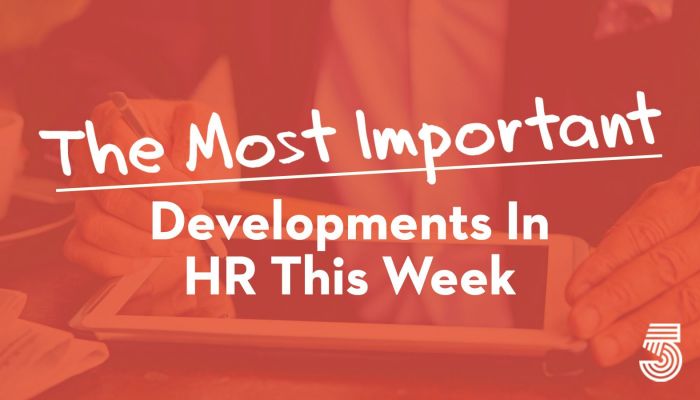The M.I.D., as we call it, is curated by our editorial team from more than 50 news sources. Like a lot of good ideas, this started as something I wanted for myself. If I can’t read everything, I at least want to stay abreast of the most important developments.
This week in HR, we learned the pandemic is creating two different kinds of workplaces, Brown’s ban on caste discrimination had repercussions for businesses, HR teams worldwide admitted they made bad hires last year, three CHROs gave interesting perspectives on 2023, and the key to success will be engaged workers.
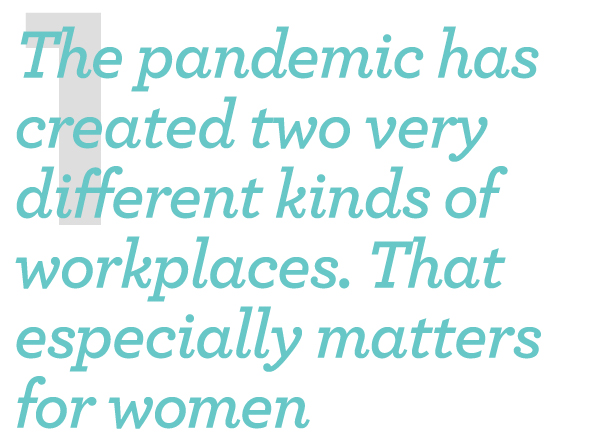
In the last few years, the challenges presented by the pandemic, along with an increasingly competitive labor market, have driven a growing number of companies to offer greater pay and enhanced benefits. For many employers, those benefits have included generous paid family and medical leave and — to a lesser degree — child care benefits. Yet these benefits remain most common at the kinds of high-paying, more flexible, white-collar jobs where employees need these supports less, advocates say, than caregivers in lower-earning, in-person jobs. Now, economists warn that policymakers’ inertia and the resulting reliance on employers to administer paid leave and child care is creating two distinct workplaces for women — and risks exacerbating racial and gender inequality for decades to come. Politico


Brown University now explicitly prohibits discrimination on the basis of caste, joining a number of U.S. colleges and universities in shoring up protections against an ill-understood, insidious form of oppression. The caste system, which originated in ancient India, is a social hierarchy that historically assigned people to groups based on occupation and moral obligation. It evolved over time to assign a degree of “spiritual purity” at birth, in turn determining everything from a person’s societal rank and occupation to what they ate and who they married. U.S. tech companies, which employ a high concentration of South Asian workers, have grappled with issues of caste in recent years. Those outside South Asian communities often don’t understand how these dynamics operate, given that they unfold within members of the same racial and ethnic group. This has left caste-oppressed people with little recourse. CNN
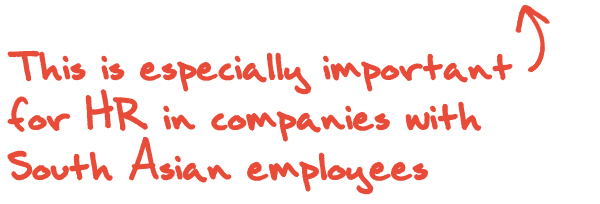
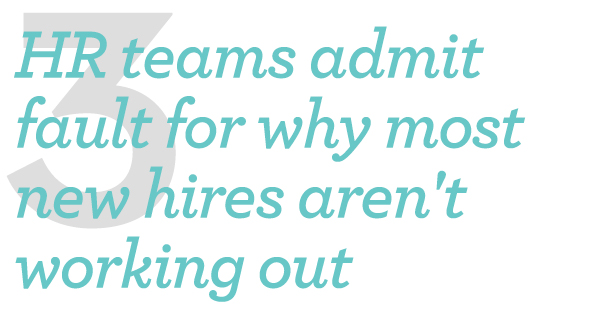
Most human resource departments across the planet are feeling deep buyer’s remorse, according to new research. Thomas International, a talent assessment platform provider, surveyed 900 HR professionals globally and found nearly 60% of new hires are not working out. And the majority of respondents blamed themselves for effectively taking shortcuts that turned out to be dead ends. Nearly half of hiring managers said recruits were unsuccessful because of a “poor fit between the candidate and the role,” and 74% admitted to compromising candidate quality due to time pressures in response to the Great Resignation and a tight labor market. Luke McKeever, CEO of Thomas International, warned that worse is to come. “Businesses must strive to ensure they’re ready for the storm to come. Although the clock is ticking, racing towards a poor hire isn’t the right solution.” WorkLife

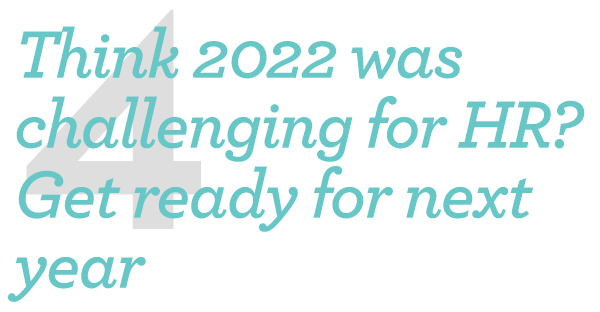
From record turnover to record inflation, the macro trends happening in the country this past year put HR squarely in the driver’s seat when it came to pursuing business success. As the nation continues to grapple with inflation and businesses everywhere work to redefine their organizations for a post-pandemic world, these transformative challenges will certainly continue into 2023 and beyond. To see what could be coming down the pike for HR leaders next year, HRE recently checked in with three CHROs, who represent a range of industries — banking, healthcare, automotive — yet who agreed that the external factors reshaping the world of work will continue to set HR up for both obstacles and opportunities in 2023. HRE

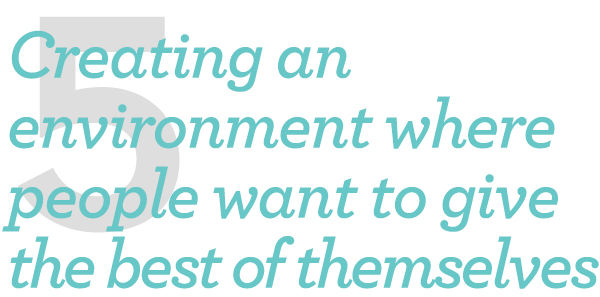
The last few years harmed the population and we can’t ignore it. Being cut from most social facets, working individuals juggled many demands in the unpredictable environment balancing between urgent job-related requirements and intensive caregiving. This pressure has taken a toll on how the workforce feels and behaves. The post-pandemic reality in 2022 shows a 25% increase in mental health problems and 75% of the workforce experiencing burnout symptoms, with the top three drivers of burnout being: “lack of role clarity or consistency, no support from coworkers or managers and unrealistic deadlines or pressure to meet goals.” It is difficult not to conclude the obvious: Most, if not all, of the above drivers are related to the organization’s leadership philosophy or perceived behaviors and culture. Talent Management






